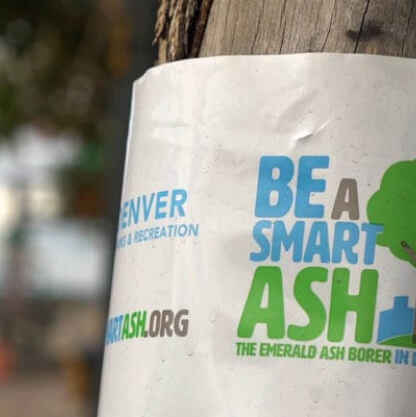How to Avoid the Blame Game and Defend Your Reputation
When brands, organizations and people are publicly attacked, oftentimes the first reaction is to point the finger at others and begin the blame game. How people respond to cutting criticism – being defensive and whiny or responding with dignity and grace – can make a huge difference in how the public reacts and responds.
Under Armour and its high-tech, wind tunnel-tested suits came under fire and were blamed by some on the U.S. speed skating team for the lackluster performances by the American skaters. After the U.S. team blamed the new suits, many skaters went back to their old, winning suits (also Under Armour). Unfortunately, the athletes still failed to win the expected medals.
What could have been a PR disaster for the company was averted when the CEO stepped up and showed some humor.
CEO Kevin Plank told ESPN.com: “It’s time for everyone to move on. Forget about ‘Suitgate,’ all the conjecture, the thoughts and the theories, and let’s get back to reality. We’re Americans, and although we got knocked down, we’re going to write a new storyline in four years. Because who loves a comeback more than our country?”
Fortunately, this response seems to have worked. Days later
Under Armour announced a deal to provide U.S. speed skating with suits through 2022.
Another recent example of an organization turning the tables came from state government. Colorado residents and skiers are all too familiar with I-70 traffic jams on the weekends during the winter and summer. After a particularly disastrous, wintery Sunday when skiers took six to eight hours to get home, many took to social media to vent about the Colorado Department of Transportation’s (CDOT) handling of the nightmare.
CDOT fired back saying that 22 stranded vehicles had to be removed and 11 commercial vehicles were rescued after failing to put on chains for the approach to Eisenhower Tunnel.
“Of the 22 (non-commercial) vehicles, 19 had bald tires and 18 had in-state plates,” the statement reads, in part. “Lanes blocked by spun out passenger and commercial vehicles caused delays to increase at an astounding rate to where (the department) was forced to close eastbound I-70 in order to allow the traffic and dozens of accidents and spun out vehicles to be cleared.”
In this case, the rebuttal may have worked in CDOT’s favor to help provide frustrated drivers context for the mess that day.
While crisis communication rules tell us to:
- Acknowledge and accept responsibility for what occurred
- Plan and implement changes to ensure mistakes are not repeated
- Engage with target audiences throughout the process
Sometimes more explanation is needed, and there is a way to defend without blatant figure-pointing. Read more about how Microsoft admitted its mistakes and provided a detailed explanation without the blame game:
How to Make a Great Customer Apology.



